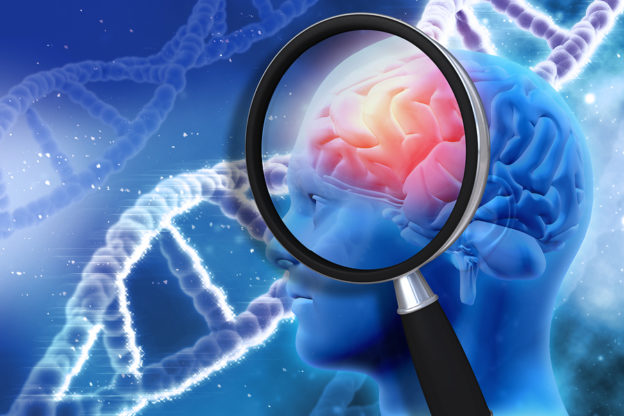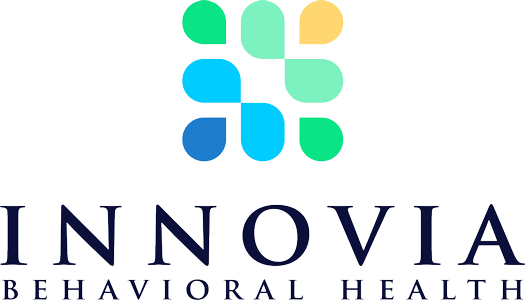Research has shown that drug addiction is a chronic disease affecting approximately 21.5 million people in the US. The exact causes are complicated, and at present it’s impossible to predict exactly what leads someone to become addicted to a drug. With repeated exposure to an addictive drug, changes occur in the brain that continue the cycle of addiction.
Addiction interferes with the reward processing circuits in the brain. A brain under the influence of an addictive drug receives a massive amount of the neurotransmitter dopamine.
What is Dopamine?
Dopamine is a chemical that behaves like a messenger between brain cells. It helps to determine how we learn, what we eat, how we move and whether we become addicts. Dopamine also helps with motivation to repeat a particular action, such as doing something pleasurable again.
Drugs like heroin, cocaine and even nicotine cause the brain to release large amount of dopamine. When the brain gets too much of this neurotransmitter from drugs, the person with a substance abuse problem continues to look for a “high” from the drug. Other pleasurable experiences like eating an ice cream cone or watching a funny movie won’t be enough to give the brain the amount of good feeling it needs.
TMS Targets Brain’s Neural Circuits
For this reason, addiction is called a brain disease. Until now, researchers, haven’t been able to find treatments targeting the neural circuits. Researchers at the Medical University of South Carolina (Charleston) have discovered a treatment that targets them.
The researchers, who supervised by Colleen Hanlon, Ph.D., used transcranial magnetic stimulation (TMS) to dull the brain’s response to wanting to consume cocaine and alcohol in chronic users. This noninvasive brain stimulation technique was used in two groups of participants, and their reactions to receiving either a real treatment or a sham one. Their reactions were recorded, and the results showed “no significant interaction with region of interest [in the brain] for either experiment.”
The findings were published in the journal Biological Psychiatry: Cognitive Neuroscience and Neuroimaging.

